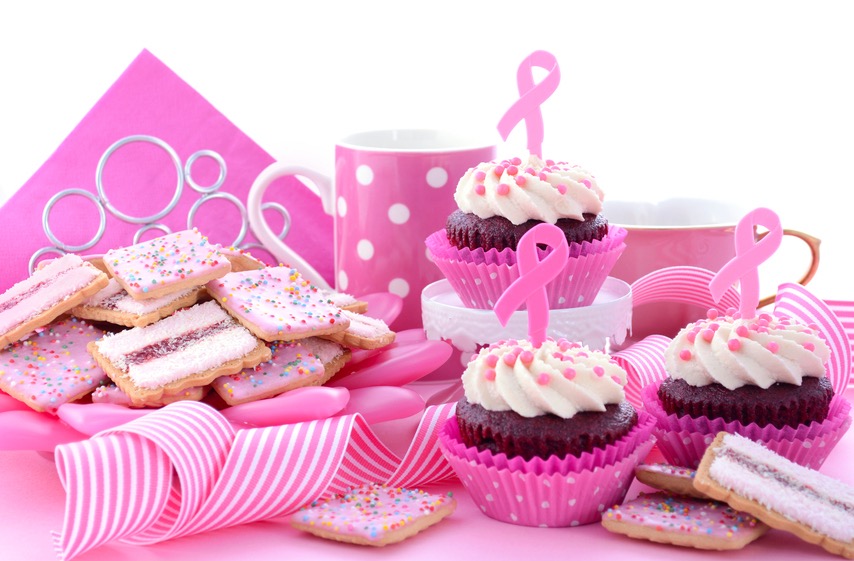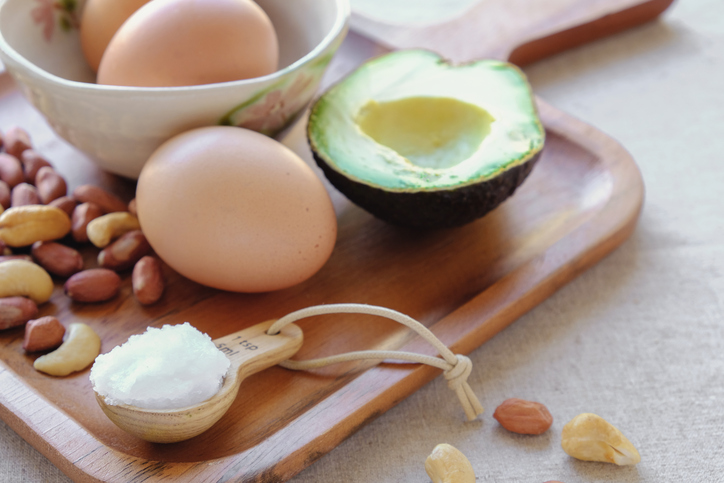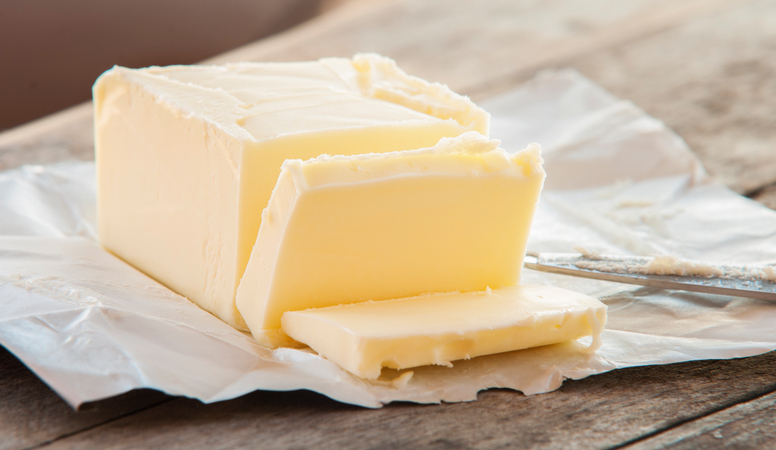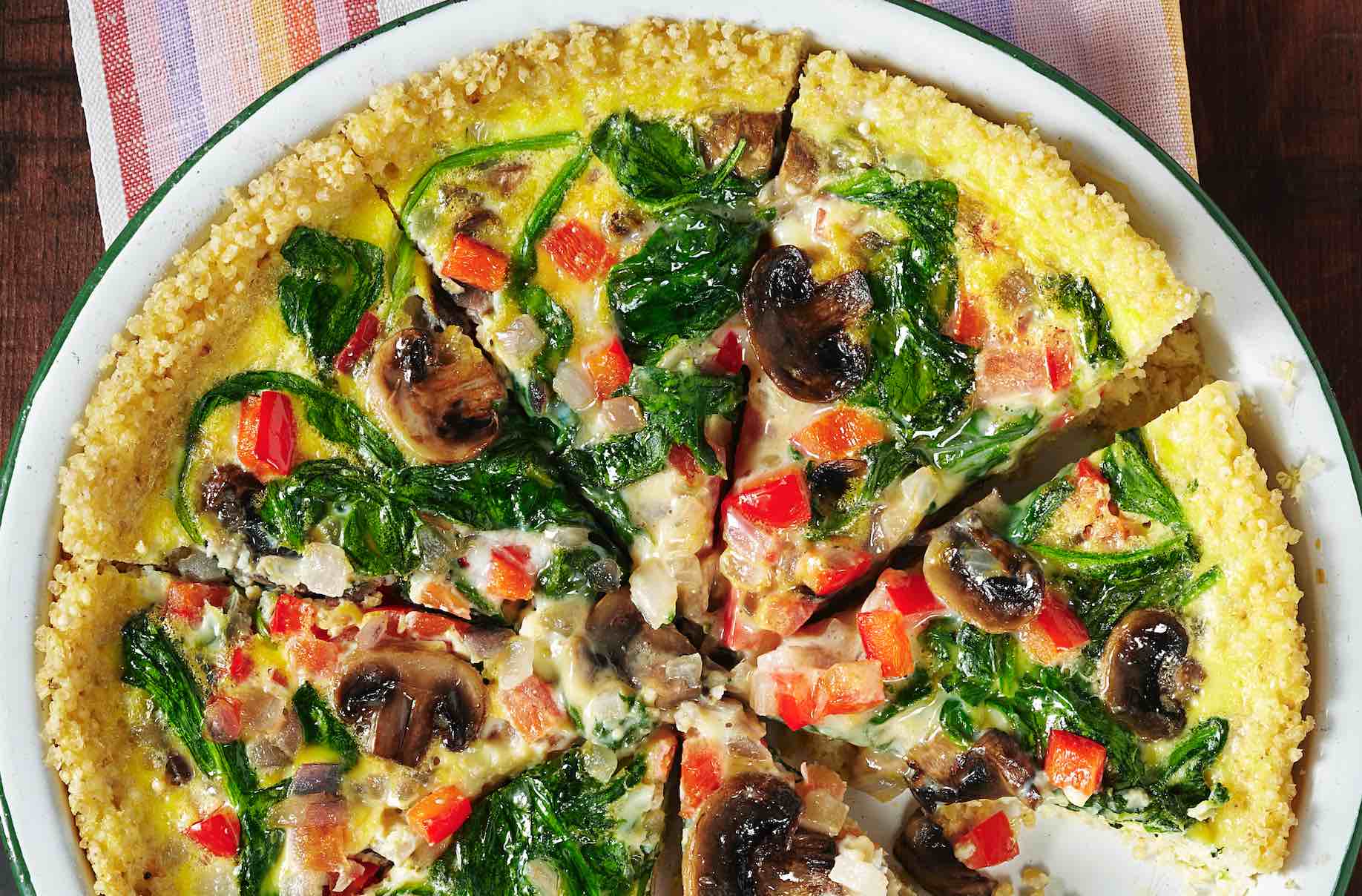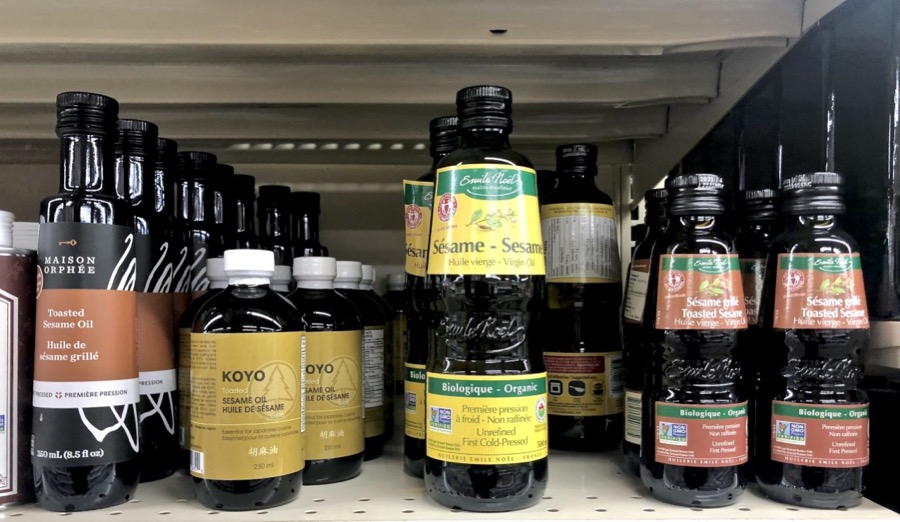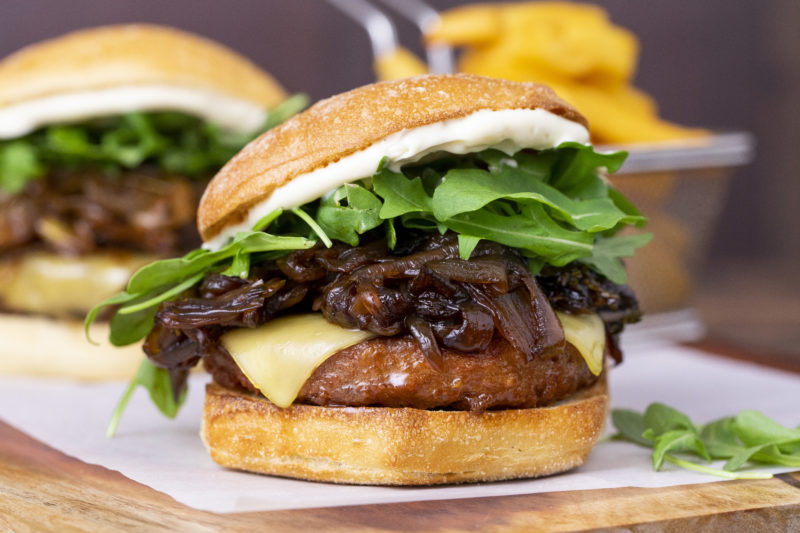4 Ways Margarine is Bad For Your Heart
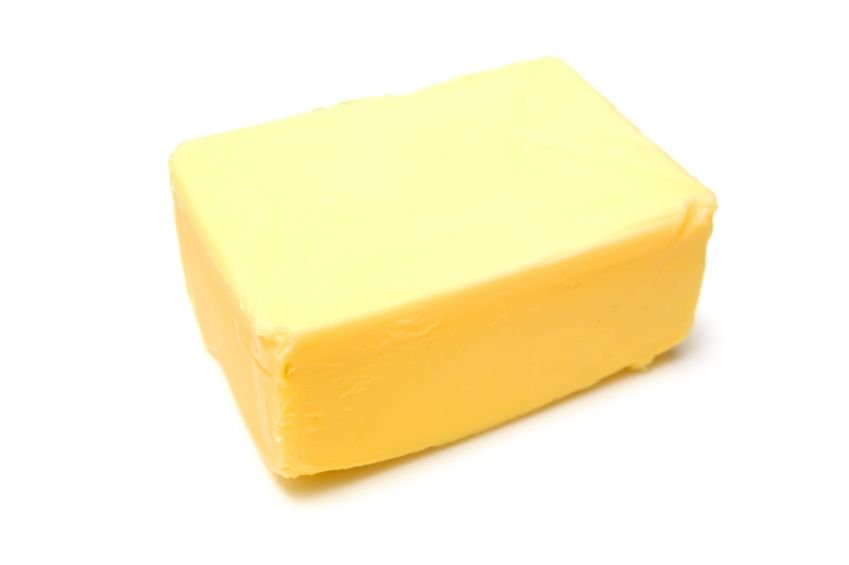
I bet you’ve heard this piece of advice before: “Swap artery-clogging butter for heart-healthy margarine to prevent cardiovascular disease.”
Ever since government health organizations started heavily promoting a low-fat, high-carbohydrate diet in the mid-1980s, margarine has been widely considered to be the healthy alternative to saturated fats like butter. But is margarine really the miracle food it’s made out to be?
Don’t let that heart-healthy checkmark on the packaging fool you – not only is margarine no better for you than butter, it may actually be increasing your risk of cardiovascular disease. Here’s why:
1. Our bodies don’t recognize industrial vegetable oils as food.
Margarine is made from vegetable oils, which are extracted from sources like rapeseed (a.k.a. canola), soybeans, corn and safflower. This process involves heating, processing using a petroleum solvent, de-gumming, de-waxing, caustic refining, hydrogenation, deodorization and a number of other scary-sounding steps you could never replicate in your own kitchen.
Prior to the early 1900s, human consumption of vegetable oils was practically non-existent, as we hadn’t yet invented the technology needed to extract and process these oils. In 1909, the average consumption of vegetable oils was less than 2 grams per person per day. That jumped to over 30 grams in 1993 – a fifteen-fold increase.
So what’s the effect of a large-scale replacement of a natural food with a lab-created one? One study found that women who ate four or more teaspoons of margarine a day had a 50 per cent greater risk of developing heart disease than women who ate margarine once a month, and other studies have supported the hypothesis that margarine increases the risk of coronary heart disease.
2. Margarine is pro-inflammatory.
There are two essential fatty acids, known as omega-3s and omega-6s. Our bodies need both of these, preferably in a 1:1 ratio, in order to make all the other fats necessary for survival.
Unfortunately, the fact that we’re eating so much omega-6 oil in the form of vegetable oil and margarine (Americans get almost 20 per cent of their calories from soybean oil alone) means that the average ratio of omega-6 to omega-3 is somewhere between 10:1 and 20:1, with some people clocking in at 25:1. Pretty far off from that ideal 1:1 ratio.
The result? High intake of omega-6 fatty acids is associated with an increase in all inflammatory diseases, including heart disease.
3. Margarine contains trans fats.
Saturated fats like butter are naturally solid at room temperature. That’s part of why we like them – they’re spreadable. We’ve all seen the declaration on margarine tubs that they contain poly-unsaturated (read: liquid) oils. But the hydrogenation process removes the flexibility of these oils, making them solid at room temperature and leaving trans fats behind.
Trans fats are associated with increased risk of cardiovascular disease, increased levels of LDL (bad) cholesterol and lowered levels of HDL (good) cholesterol.
That pat of butter is looking pretty good right about now, isn’t it?
4. Margarine contains chemicals and artificial ingredients.
Like other processed foods, margarine is packed with artificial ingredients. Most margarines contain BHA and BHT, artificial antioxidants used to prevent spoilage. BHT has been shown to cause chronic inflammation, which is associated with heart disease. It’s also linked to liver, thyroid and kidney problems and is classified as a possible human carcinogen. It also contains artificial flavours and colours, seeing as its natural grey colour just wouldn’t be appetizing.
The bottom line…
Butter (or ghee, or extra-virgin coconut oil) is better! When in doubt, skip the chemistry lab and choose real, natural, whole foods.
Now the bigger question: How did margarine become the gold-level sponsor for the Heart and Stroke Foundation? #Healthwashing at its best.
Free Resource Library
Enjoy more than 40 downloadable guides, recipes, and resources.
















